A video from Faunagraph gives us a look at two captive quolls near Cradle Mountain in Tasmania, 2011
What is the Eastern Quoll?
The Eastern quoll (Dasyurus viverrinus), otherwise known as the native cat, is a small, carnivorous marsupial native to Australia. It is slightly smaller than your average house cat and is believed to have been last seen on mainland Australia in the 1960s. Despite that, it is still relatively abundant in parts of Tasmania, which is where our captive breeding programs are based.
The quoll can live in a number of habitats, from open forests and woodlands to wet scrub and grasslands, and anywhere from sea level to 1,500 metres in elevation. They have thick, soft fur that can be brown, fawn or black in colour, and – like their cousin, the Spotted or Tiger quoll (Dasyurus maculatus) – are covered in white dots across their body. The main difference between the two is that the Eastern variety won’t have spots on their tail.
They lead solitary and nocturnal lives, and in the wild are believed to live for around three years. During the day, quolls will shelter in a den that ranges from underground burrows to hollow logs. Whilst predominantly terrestrial – spending the majority of its time on the ground – the Eastern quoll does also climb trees.
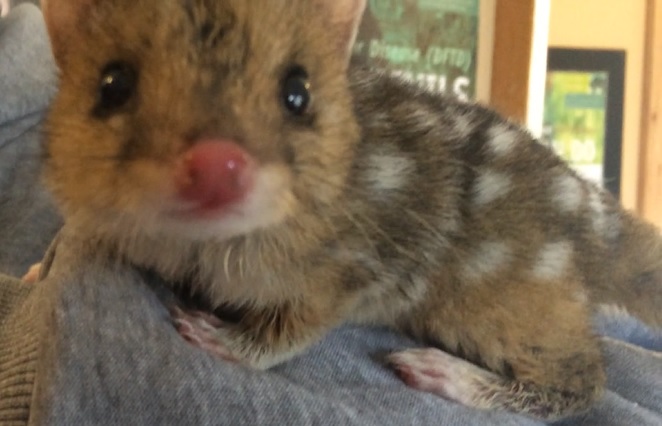
Eastern Quoll
Whilst the quoll will feed primarily on invertebrates, small mammals and lizards, they will also eat fruit and make use of road kill or meat left over by other predators. Some reports exist of quolls stealing parts of a kill from Tasmanian devils (Sarcophilus harrisii).
Despite this wide variety of suitable habitat and acceptable nutrients, threats exist everywhere for the quoll. From habitat clearance to vehicle collisions through to more natural dangers like introduced predators and competition for food. It is for these reasons that the quoll is believed extinct on mainland Australia and at least vulnerable in Tasmania.
Plans in place for the conservation of this species include control of introduced or feral species like foxes and cats, and improved protection of suitable habitat. The species itself is already fully protected by law.
To learn more, check out our ‘In Situ Work‘ page, and keep a check on our ‘In Situ Update‘ page for latest developments and pictures from on the ground.



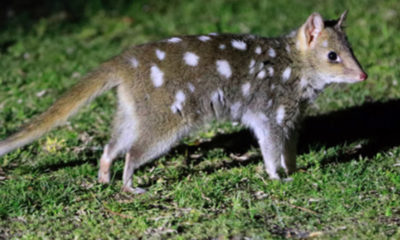



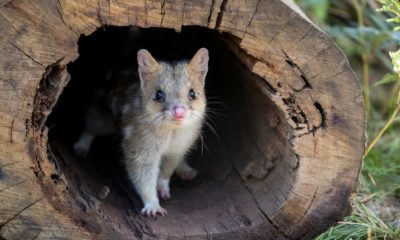

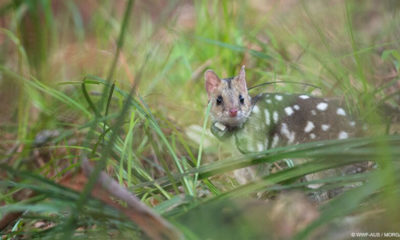

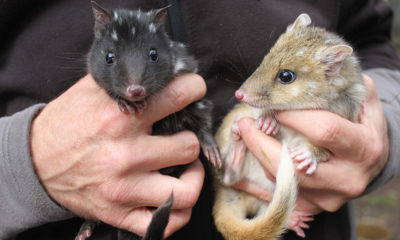










You must be logged in to post a comment Login